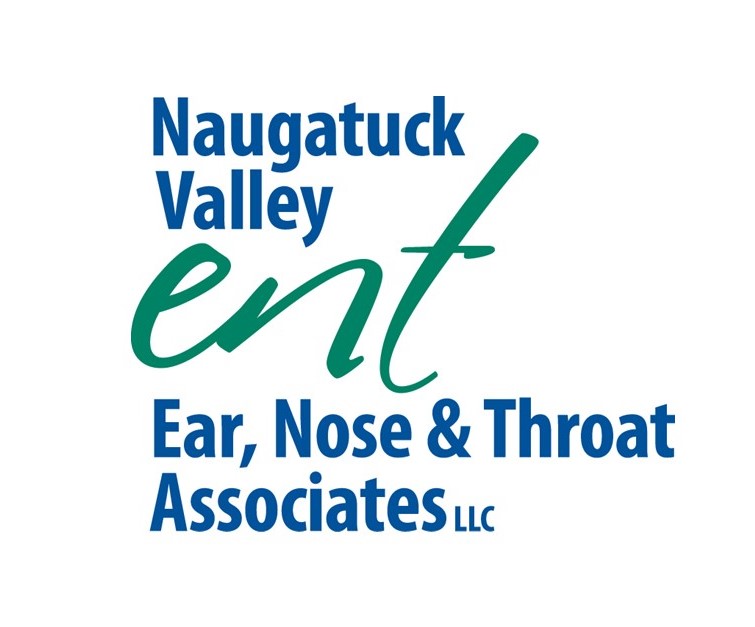Our Speech & Swallow Services
Speech and Swallow Department
Our Speech and Voice Pathologist will offer evaluation and treatment of various speech and swallowing disorders including hoarseness and head/neck cancers.
Comprehensive evaluations include:
- Digital stroboscopy to evaluate voice disorders and facilitate a treatment plan to return optimal voice function
- Evaluation for dysphagia (trouble swallowing) using digital Fiberoptic Endoscopic Evaluation of Swallowing (FEES) techniques
- Head/neck cancer evaluation includes tracheoesophageal prosthesis evaluation and management, esophageal speech, and voice restoration.
- Speech and language evaluations
Please contact Naugatuck Valley ENT at (203) 578-4630 to set up an appointment.
Speech and Swallow Conditions
- Aging and Swallowing issues are common as we age. Swallowing is a complex process that changes over time, and swallowing difficulty (dysphagia) can be associated with aging. Changes in the tongue, upper throat (pharynx), vocal cords, and voice box (larynx), and lower throat (esophagus) occur with aging. It has been estimated that more than 20 percent of individuals over the age of 50 experience dysphagia.
- Ankyloglossia (Tongue-tie) is a condition where the tongue cannot move normally because it is attached to the floor of the mouth by the frenulum, which is too tight. The lingual frenulum is the band of tissue that attaches the undersurface of your tongue to the bottom part of the mouth.
- Aspiration is a medical term for accidentally inhaling your food or liquid through your vocal cords into your airway, instead of swallowing through your food pipe, or esophagus, and into your stomach. Once past the vocal folds, the food or drink enters your windpipe, or trachea, and can pass into your lungs. It happens sometimes to healthy people who have food “going down the wrong pipe” while swallowing.
- Burning Mouth Syndrome also known as glossodynia, refers to pain or a hot, burning sensation in the mouth or oral cavity. Patients usually experience it on the tongue, but some patients feel burning in multiple areas of the mouth, including the lips, top, or bottom of the mouth. As many as 15 percent of the population can experience symptoms at some point in their life, but less than one percent of patients report continuous burning symptoms.
- Cleft Lip and Cleft Palate is when the roof of your mouth is split with or without the lip being split as well. Oral clefts are one of the most common birth defects. A child can be born with both a cleft lip and cleft palate, or a cleft in just one area.
- Cricopharyngeal Muscle Dysfunction is when the cricopharyngeal muscle (CPM) in your throat malfunctions or is impaired, this can cause you to have difficulty swallowing. The top valve of your esophagus (food pipe) is called the upper esophageal sphincter (UES), or pharyngoesophageal segment (PES). The CPM separates the esophagus and throat. Unlike most muscles, the CPM remains flexed and tightly closed unless nerves signal it to relax.
- Dysphagia means that you can’t swallow well. Dysphagia is not a diagnosis; it is the symptom. Many factors may cause dysphagia, and most are temporary and non-life-threatening. In uncommon situations, swallowing difficulties can be related to a tumor or a nerve system disorder. It happens to people of all ages, but more often in the elderly.
- GERD and LPR are two conditions when acidic stomach contents flow back into the esophagus, the swallowing tube that leads from the back of the throat to the stomach. When acid repeatedly “refluxes” from the stomach into the esophagus alone, it is known as gastroesophageal reflux disease (GERD). However, if the stomach acid travels up the esophagus and spills into the throat or voice box (called the pharynx/larynx), it is known as laryngopharyngeal reflux (LPR).
- Hoarseness (also called dysphonia) is an abnormal change in the quality of your voice, making it sound raspy, strained, breathy, weak, higher or lower in pitch, inconsistent, or fatigued, often making it harder to talk. This usually happens when there is a problem in the vocal cords (or folds) of your voice box (larynx) that produce sound.
- Spasmodic Dysphonia is a voice disorder that causes involuntary spasms or contractions of the vocal cords, interrupting speech and affecting the quality of a person’s voice. The voice may sound broken, strained, or breathy depending on the type of SD. Although it can start at any time during life, SD seems to begin more often in middle-age. The disorder affects women more often than men.
- Temporo-Mandibular Joint (TMJ) Pain “TMJ” pain is a common occurrence for many people, and it refers to pain or discomfort in the Temporo-Mandibular Joint (TMJ). This is the hinge that connects your temporal bone (the bone that forms the side of the skull) and your mandible (the lower jaw) in front of your ear, making it possible for you to open and close your mouth.
- Tonsillitis also described as pharyngitis, refers to inflammation of the pharyngeal tonsils, which are lymph glands located in the back of the throat that are visible through the mouth. Typically, tonsillitis happens suddenly (acute). Some patients experience recurrent acute episodes of tonsillitis, while others develop persistent (chronic) tonsillitis.
- Tonsils and Adenoids are part of the immune system and help protect the body from disease. They “sample” bacteria and viruses that enter through the mouth or nose. Unfortunately, sometimes they can get infected or cause problems by being too large. Tonsils are the two round lumps in the back of your throat. Adenoids are high in the throat behind the nose and the roof of the mouth (referred to as your soft palate).
- Vocal Cord (Fold) Paralysis can result from abnormal function of the nerves that control your voice box muscles (laryngeal muscles). People have one set of two vocal cords, also known as vocal folds, that work together in your voice box to produce sound.
- Voice Box (Laryngeal) Cancer is not as well known by the general public as some other types of cancer, yet it is not a rare disease. The American Cancer Society estimates that there will be about 13,000 new cases of laryngeal cancer annually.

